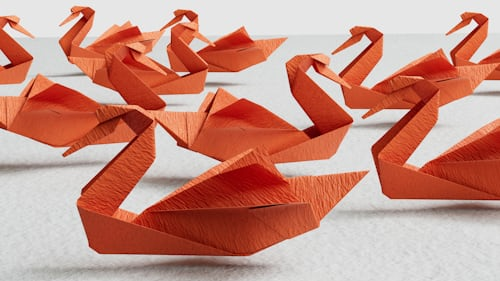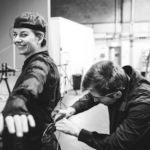
The Evolution of Animation: From 2D to 3D
Animation has come a long way since its inception, evolving from simple 2D drawings to complex 3D models that bring stories to life in unprecedented ways. This journey from 2D to 3D animation not only reflects technological advancements but also the changing tastes and expectations of audiences.
The Dawn of 2D Animation
The history of animation began with 2D animation, characterized by flat drawings on a two-dimensional plane. Early pioneers like Winsor McCay with “Gertie the Dinosaur” (1914) and Walt Disney with “Steamboat Willie” (1928) set the stage for what would become a beloved art form. These early animations relied heavily on hand-drawn frames, with animators creating each frame individually to simulate movement.
2D animation thrived throughout the 20th century, giving birth to iconic characters such as Mickey Mouse, Bugs Bunny, and Tom and Jerry. This era was marked by the golden age of animation studios like Disney, Warner Bros., and Hanna-Barbera, who mastered the art of storytelling through hand-drawn animation.
The Rise of 3D Animation
The advent of computer technology in the late 20th century revolutionized the animation industry. 3D animation emerged, bringing depth, realism, and a new dimension to animated films. Unlike 2D animation, which relies on flat drawings, 3D animation uses computer-generated models to create lifelike characters and environments.
The watershed moment for 3D animation came with the release of Pixar’s “Toy Story” in 1995, the first feature-length film entirely created using 3D animation. “Toy Story” not only showcased the potential of 3D animation but also captivated audiences with its engaging story and rich, detailed visuals. The success of “Toy Story” paved the way for a new era of animation, inspiring studios around the world to embrace 3D technology.
Advancements and Techniques
As technology advanced, so did the tools and techniques used in 3D animation. Software like Autodesk Maya, Blender, and Cinema 4D became industry standards, offering animators the ability to create highly detailed and realistic models. Techniques such as motion capture, which records live-action movements and translates them into 3D models, further enhanced the realism of animated characters.
One significant advantage of 3D animation is its ability to create dynamic camera angles and complex movements that are challenging to achieve with 2D animation. This versatility has allowed animators to experiment with new styles and genres, expanding the possibilities of storytelling.
The Blending of 2D and 3D
While 3D animation has become dominant in recent years, many studios have explored the fusion of 2D and 3D techniques to create unique visual experiences. Films like “Spider-Man: Into the Spider-Verse” (2018) and “The Mitchells vs. The Machines” (2021) have successfully blended 2D and 3D elements, pushing the boundaries of animation and offering audiences fresh, innovative visuals.
The Future of Animation
The evolution of animation is far from over. As technology continues to advance, we can expect even more groundbreaking developments in both 2D and 3D animation. Virtual reality (VR) and augmented reality (AR) are already beginning to influence the industry, offering new ways for audiences to interact with animated content.
Moreover, artificial intelligence (AI) is poised to play a significant role in the future of animation. AI-powered tools can assist animators in generating realistic movements and expressions, streamlining the animation process and allowing for even more creativity.
Conclusion
The journey from 2D to 3D animation has been a remarkable one, marked by innovation, creativity, and technological advancements. As the animation industry continues to evolve, one thing remains constant: the power of animation to captivate, entertain, and inspire audiences around the world.








